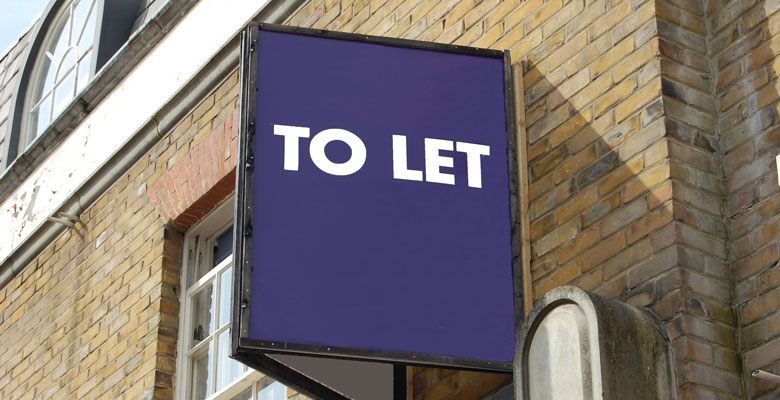Technological advances in the last decade have revolutionised many areas of our life, but rarely would we connect them with the London housing market. However, a new surge in renters who are more interested in the quality of their property than how well connected to public transport it is have proved just how influential apps like Uber and CityMapper are to the modern-day Londoner.
Looking beyond the normal hotspots
Ten years ago, in the years before the apps that mean a reasonably-priced cab is only one click away, a journey to the other side of the city can be planned for you exactly, from tube station to bus route, and very few cycle routes, there were extremely few regeneration housing zones beyond zone three. Now, thanks to not just our mobile phones, but a larger availability of public transport such as the London Overground, the imminent opening of Crossrail, and a general interest in health and staying active, renters are looking beyond the normal hotspots, allowing previously overlooked neighbourhoods to experience a transformation in terms of transport upgrades and gentrification.
London’s new generation
Savills claim the new generation of London renters are ‘needs-based tenants’, who are driven by space and quality, opposed to location. Corporate relocation budgets have also been shrinking since the financial crisis, meaning there is a change in the trend of corporate tenants moving from abroad for work. Whilst more experienced and higher position holding workers generally favour the more affluent areas of London such as Belgravia and Knightsbridge, a trend in companies sending over younger and cheaper staff members to London has meant that they are more open minded and flexible when it comes to their housing. However, in more recent times this has shifted slightly due to Brexit, with some companies based abroad choosing more experienced members of staff to go to London to oversee business during the complicated transition process.
The London market
The top of the rental market, which can see figures at around £4000 a month, has experienced less of a dip in the cost of rent, thanks to high net-worth individuals choosing to rent rather than buy in order to avoid paying higher stamp duty. However, central London rents are on average 12.3 % lower than 2012.
This is also due to the fact many home owners who are looking to sell are renting out their homes opposed to selling, while they wait to see what the housing market is going to do.
Smaller properties have also proved to be the most resilient, being the only property type that has experienced a positive five year-price growth. People are now more interested in having a quality home, and with London more accessible than ever before, is compromising on a location even a real compromise anymore?
Contact London Building Surveyors
If you would like more information or would like to discuss the benefits of a property survey, you can contact our London office on 020 8257 5766 or click here to fill out our contact form.
